Soldering is a crucial process in electronics manufacturing, as it allows for the joining of components to create functional circuits. Two common techniques used in the industry are wave soldering and reflow soldering. While they both achieve the same goal of joining components to a printed circuit board (PCB), the processes differ significantly. Understanding the differences between wave and reflow soldering is crucial for manufacturers, as it can affect product quality, reliability, and cost.
Wave soldering involves the use of a wave of molten solder that flows over a PCB, which is typically held at an angle. The components on the PCB are pre-tinned, and the solder wave creates a connection between the components and the PCB. In contrast, reflow soldering uses a solder paste, which is applied to the PCB in precise locations using a stencil. The PCB is then heated to a specific temperature, causing the solder paste to melt and form a bond between the components and the PCB.
Each technique has its advantages and disadvantages:
- Wave soldering is faster and more suitable for larger components, but it can lead to solder bridges, where excess solder connects adjacent pins, which can cause short circuits;
- Reflow soldering, on the other hand, can achieve a higher level of precision and is ideal for smaller components, but it is slower and more expensive than wave soldering;
In this article, we will explore the differences between wave soldering and reflow soldering in greater detail, including their processes, equipment requirements, advantages, and disadvantages. We will also discuss which technique is better suited for specific applications and highlight the factors that manufacturers should consider when deciding which method to use. By the end of this article, readers will have a better understanding of the differences between wave and reflow soldering and be able to make informed decisions when choosing a soldering method for their manufacturing processes.
Wave Soldering
It is widely used in mass production environments, as it is an efficient and cost-effective way to solder a large number of components at once [1].
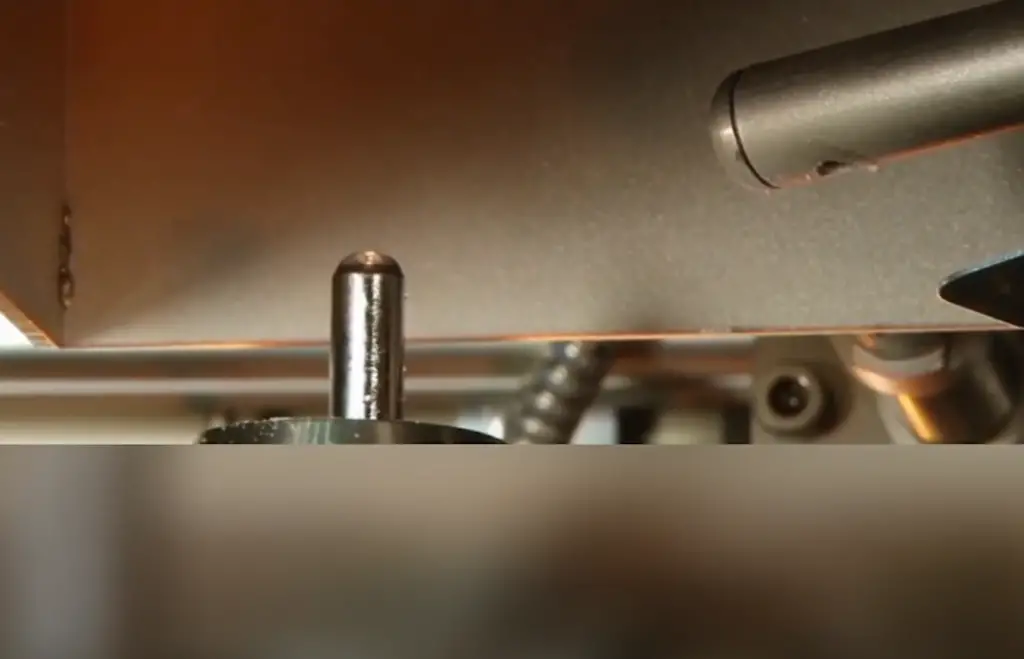
1) Development History
The concept of wave soldering was first introduced in the 1940s, but it was not until the 1950s that it was fully developed and adopted by the electronics industry. The early wave soldering machines were large, expensive, and required skilled technicians to operate. However, as the technology improved and became more affordable, wave soldering became a more practical and widely used method of soldering electronic components.
2) The Process
Wave soldering involves several stages, including flux spraying, pre-heating, wave soldering, and cooling.
Flux Spraying
The first stage in the wave soldering process is flux spraying.
The flux is sprayed onto the PCB using a specialized machine, which ensures that the flux is applied evenly across the entire surface of the PCB.
Pre-Heating
After the flux has been applied, the PCB is preheated to a temperature of around 100-120°C. This is done to ensure that the components are at a uniform temperature and to reduce thermal shock when they come into contact with a wave of molten solder.
Wave Soldering
The next stage is wave soldering itself. The PCB is passed over a tank of molten solder, which is kept at a temperature of around 250-300°C. A pump generates a wave of molten solder, which passes over the PCB and solders the components in place. The solder adheres to the surfaces of the components and the PCB, forming a strong and reliable bond.
Cooling
Finally, the PCB is cooled down to room temperature. This is usually done using a conveyor belt or other automated system, which moves the PCB away from the wave soldering machine and allows it to cool down gradually.
3) Pros Of Wave Soldering:
- Speed and Efficiency: Wave soldering is a fast and efficient way to solder large numbers of components at once. This makes it ideal for high-volume production environments, where speed and efficiency are essential;
- Consistency: Wave soldering ensures that the solder joints are of consistent quality, which is important for the reliability of the finished product. Because the components are soldered in a single pass, there is less chance of defects or inconsistencies in the solder joints;
- Cost-Effective: Wave soldering is a cost-effective way to solder components to a PCB. The machines used for wave soldering are relatively inexpensive, and the process itself is quick and efficient, which helps to keep costs down [2];
4) Cons Of Wave Soldering:
- Limited Component Selection: Wave soldering is not suitable for all types of components. It is best suited for through-hole components, such as resistors, capacitors, and diodes. It is less suitable for surface-mount components, which require a different soldering technique;
- Manual Pre-Processing Required: The PCB needs to be prepared before it can be wave soldered. This includes applying the flux and pre-heating the board. These tasks must be done manually, which adds time and labor costs;
- Solder Bridging: Solder bridging occurs when two or more pins on a component are connected by an excess amount of solder. This can occur when the solder wave is too high or when the components are placed too close together. Solder bridging can cause short circuits and other issues, which can reduce the reliability of the finished product;
- Limited Control Over Solder Joint Quality: With wave soldering, there is limited control over the quality of the solder joints. The solder joint quality can be affected by factors such as wave height, wave speed, and temperature. It is important to monitor and control these variables to ensure that the solder joints are of consistent quality;
- Difficult to Repair: Wave soldering creates a permanent bond between the components and the PCB. This can make it difficult to repair or replace components that are damaged or faulty. In some cases, the entire PCB may need to be replaced, which can be costly and time-consuming.
- Alternative Soldering Methods: While wave soldering is a popular method, there are other soldering techniques that can be used, such as reflow soldering. Reflow soldering is a process that involves heating the components and the PCB to a high temperature, causing the solder to melt and flow, forming a bond between the components and the PCB;

Reflow Soldering
It is a versatile and efficient method that allows for precise control over the soldering process.
1) Soldering Process
The reflow soldering process involves heating the components and the PCB to a high temperature, causing the solder to melt and flow, forming a bond between the components and the PCB.
The reflow soldering process can be broken down into several steps:
- Pre-heating: During the pre-heating stage, the PCB and components are gradually heated to a temperature that is slightly below the melting point of the solder. This helps to reduce thermal shock and prevent damage to the components;
- Thermal Soak: After pre-heating, the temperature is increased to a point where the solder melts and flows, forming a bond between the components and the PCB. This stage is called thermal soak and typically lasts for several seconds;
- Reflow Soldering: During the reflow soldering stage, the temperature is increased further to ensure that the solder melts completely and forms a strong bond. This stage typically lasts for several seconds;
- Cooling: Once the reflow soldering stage is complete, the PCB and components are gradually cooled to room temperature. This helps to prevent thermal shock and reduce the risk of damage to the components [3];
2) Pros of Reflow Soldering:
- Precise Control: Reflow soldering offers precise control over the soldering process, allowing for consistent and high-quality solder joints. This is particularly important for small and complex components, which require precise placement and soldering;
- Suitable for Surface-Mount Components: Reflow soldering is well-suited for surface-mount components, which are becoming increasingly popular in the electronics industry. This is because surface-mount components are typically smaller and more delicate than through-hole components, and require precise placement and soldering;
- High Throughput: Reflow soldering can be used to solder large numbers of components at once, making it a fast and efficient method for high-volume production;
- Reduced Solder Waste: Reflow soldering can help to reduce solder waste by ensuring that the solder is used only where it is needed. This is because the solder is melted and flows only onto the pads where it is required, reducing the amount of excess solder that needs to be removed;
3) Cons of Reflow Soldering:
- Equipment Cost: Reflow soldering requires specialized equipment, including a reflow oven, which can be expensive to purchase and maintain;
- Limited Component Selection: Reflow soldering is not suitable for all types of components. Through-hole components, for example, cannot be soldered using the reflow soldering method;
- Requires Solder Paste: Reflow soldering requires the use of solder paste, which can be messy and difficult to work with. Solder paste can dry out quickly, which can lead to soldering issues if not used quickly enough;
- Difficult to Repair: Reflow soldering creates a permanent bond between the components and the PCB, which can make it difficult to repair or replace components that are damaged or faulty [4];

Wave Soldering vs. Reflow Soldering
Both methods involve the application of heat to melt the solder and join components to the board. However, there are significant differences in the way these two techniques work, their reliability, selection standard, application, and production capacity.
Soldering Process
The primary difference between wave soldering and reflow soldering is the process used to apply heat to melt the solder. In wave soldering, the board is passed over a wave of molten solder, which wets the pads and solders the components to the board.
On the other hand, reflow soldering involves applying heat to the board using a thermal profile that includes preheating, thermal soak, and reflow stages. In the preheating stage, the board is heated to a specific temperature to activate the flux and remove any moisture.
In the thermal soak stage, the board is held at a specific temperature to allow the solder paste to fully wet the pads. Finally, in the reflow stage, the board is heated to a higher temperature to melt the solder and join the components.
Soldering Reliability
Wave soldering is known for its reliability, especially for through-hole components. The molten solder wave ensures that all the components are soldered to the board, even those with large leads. In contrast, reflow soldering can be less reliable, especially for large or heavy components, which may require additional support to prevent them from moving during the soldering process. Additionally, reflow soldering can create solder voids or incomplete solder joints, which can affect the reliability of the circuit.
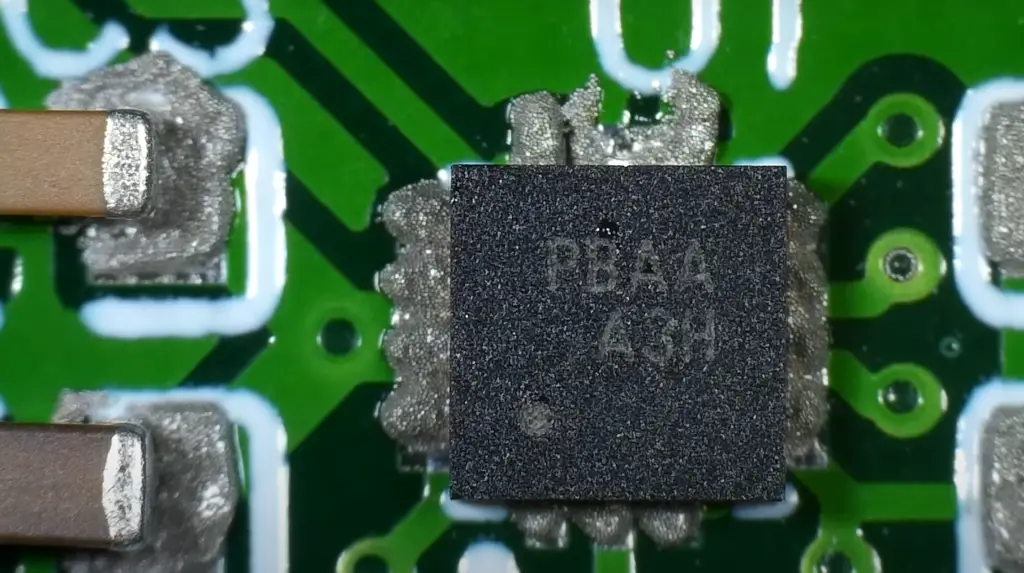
Selection Standard
The choice between wave soldering and reflow soldering depends on the type of components used in the circuit. Wave soldering is best suited for through-hole components, such as connectors, transformers, and large capacitors and resistors. Reflow soldering, on the other hand, is better suited for surface mount components, which have smaller leads and a higher component density on the board [5].
Application
The application of wave soldering and reflow soldering is also different. Wave soldering is suitable for high-volume production runs, where the same board design is produced in large quantities. Reflow soldering is better suited for smaller production runs and prototyping, where the board design may change frequently.
Production Capacity
Wave soldering is a faster process than reflow soldering, making it more suitable for high-volume production runs. However, wave soldering requires more floor space and equipment compared to reflow soldering, which can increase production costs. Reflow soldering is slower but allows for smaller production runs and more flexibility in the design.
The main difference between wave soldering and reflow soldering is the way in which the solder is applied to the board. In wave soldering, the entire board is passed over a wave of molten solder, while in reflow soldering, the solder is applied as a paste and then melted in a controlled manner.
Another key difference is the type of components that can be soldered using each method. Wave soldering is best suited for through-hole components, which have leads that pass through the board, while reflow soldering is better for surface-mount components, which are mounted directly onto the surface of the board.
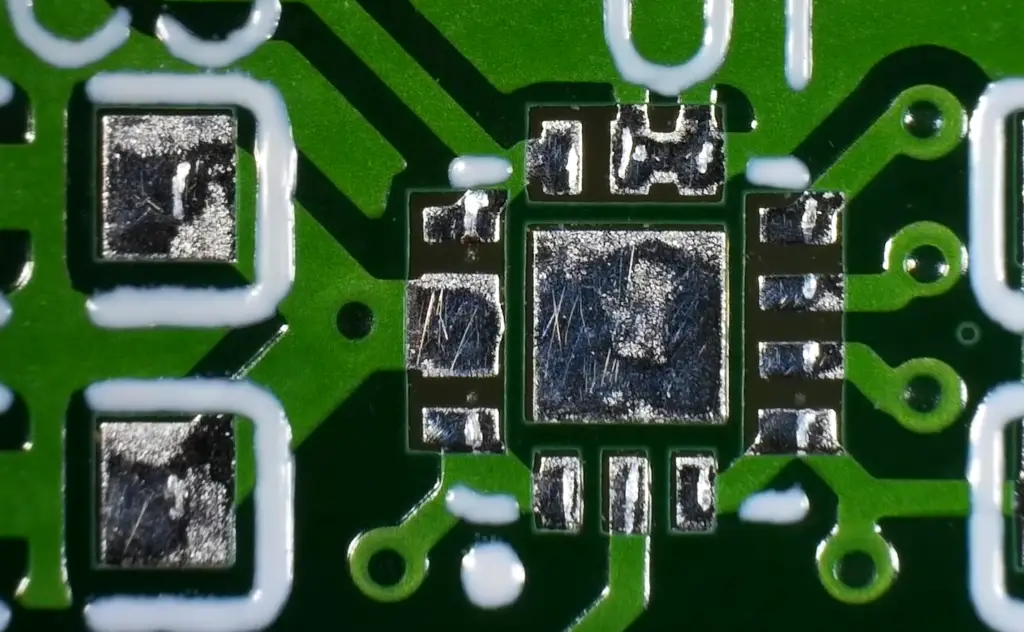
Wave soldering can be faster and more efficient for large-scale production runs, as it can solder all of the components on a board at once. However, it can be less precise than reflow soldering, as the wave of solder can sometimes cause solder bridges or other defects if the board is not properly prepared or if the components are not correctly aligned.
Reflow soldering, on the other hand, can be more precise and produce higher-quality solder joints, as the paste can be carefully applied to each component and then melted in a controlled manner. It is also better suited for boards with complex layouts or high-density components.
In terms of equipment and cost, both wave soldering and reflow soldering require specialized equipment, such as soldering machines, ovens, and inspection tools. However, reflow soldering generally requires more precise equipment and a higher level of expertise, which can make it more expensive than wave soldering [6].
The Differences Between Wave Soldering vs Reflow Soldering Process:
Apply Flux
Both wave soldering and reflow soldering require the application of flux to the PCB to help the solder adhere to the component leads and the copper traces on the board. The flux is applied to the board in the form of a liquid, either by spray or by using a dip tank. The purpose of the flux is to remove any oxide layer that may have formed on the component leads or the copper traces, and to prevent any further oxidation during the soldering process. The type of flux used can vary depending on the specific application, but it is typically a rosin-based or water-soluble flux.
Apply the Solder Paste
In wave soldering, the solder is applied to the PCB in the form of a wave. A pool of molten solder is created in a trough, and the PCB is passed over the wave, which wets the component leads and the copper traces, soldering them together. The wave is typically created by a mechanical device that moves a pump or a series of jets up and down, generating a standing wave of molten solder.
In reflow soldering, the solder is applied to the PCB in the form of a paste. The solder paste is a mixture of finely powdered solder and flux and is applied to the board using a stencil or a dispenser. The components are then placed on the solder paste, and the board is heated to melt the solder and form the electrical connections. The heating is typically done using a reflow oven, which can be either convection or infrared.

Place Components
Both wave soldering and reflow soldering require the placement of the components on the PCB before the soldering process can begin. In wave soldering, the components are typically inserted into the board using through-holes, which are then soldered to the copper traces on the underside of the board. In reflow soldering, the components are placed on the surface of the board, and the solder paste is used to make the connections between the component leads and the copper traces on the board.
Reflow Soldering
In wave soldering, the solder is applied to the board in the form of a wave, which wets the component leads and the copper traces, soldering them together. The wave is typically generated by a mechanical device that moves a pump or a series of jets up and down, creating a standing wave of molten solder. The board is passed over the wave, and the solder is pulled up onto the component leading by surface tension, creating a solid electrical connection.
In reflow soldering, the board is heated to melt the solder paste and form the electrical connections. The heating process typically involves a series of temperature zones, with each zone gradually increasing in temperature until the solder reaches its melting point. The board is then held at the melting point for a specified period of time, to allow the solder to fully wet the component leads and the copper traces. The board is then cooled, and the solder solidifies, forming the electrical connections.
Inspect the Printed Circuit Board
Once the soldering process is complete, the board must be inspected to ensure that all the electrical connections have been made correctly. In wave soldering, the board is typically visually inspected to check for any defects, such as bridges or cold joints [7].
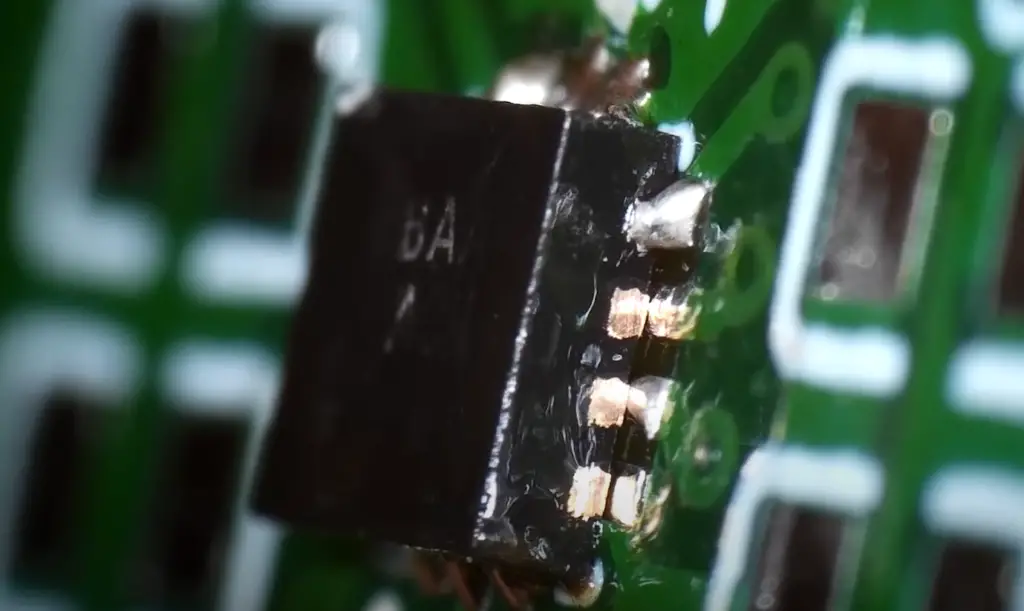
FAQ
1. What is the difference between wave soldering and manual soldering?
Wave soldering is a mass soldering technique used in electronics manufacturing to join components to a printed circuit board (PCB) using a wave of molten solder. Manual soldering, on the other hand, is a hand-operated technique where a soldering iron or gun is used to melt the solder and join components to a PCB. While manual soldering allows for more precision and control, it is time-consuming and not ideal for mass production. Wave soldering, on the other hand, is a faster and more efficient process, but it is less precise than manual soldering.
2. What are the principles of wave soldering and reflow soldering?
The principle of wave soldering involves passing a PCB over a wave of molten solder that creates connections between the components and the PCB. In reflow soldering, a solder paste is applied to the PCB in precise locations using a stencil, and then the PCB is heated to a specific temperature to melt the solder and form connections between the components and the PCB.
3. What are the 2 methods of the soldering process?
The two methods of the soldering process are wave soldering and reflow soldering.
4. What flux is used in wave soldering?
Flux is a substance used in wave soldering to help clean the metal surfaces of the components and the PCB and to prevent oxidation during the soldering process. The most commonly used flux in wave soldering is a rosin-based flux.
5. Is wave soldering faster than reflow soldering?
Yes, wave soldering is generally faster than reflow soldering. However, the speed of the process depends on various factors, such as the size and complexity of the PCB and the number and size of the components.
6. What is an alternative to wave soldering?
An alternative to wave soldering is selective soldering, which is a process that involves selectively soldering specific components on a PCB. This method is particularly useful for PCBs with a mix of through-hole and surface-mount components.
7. How hot is a wave solder?
However, the typical operating temperature range for a wave solder is between 482F and 572F.
8. Can you reflow the solder with a soldering iron?
It is possible to reflow solder with a soldering iron, but it is not recommended as it can be challenging to achieve the precise temperature and heat distribution required for proper soldering. Reflow soldering is best done using specialized equipment designed for the purpose, such as a reflow oven.
9. Who invented wave soldering?
The concept of wave soldering was first introduced in the 1950s, but its inventor is not known. However, the development of wave soldering as a mass-production technique is attributed to the Japanese electronics industry in the 1970s.
10. How long does it take to wave the solder?
The duration of the wave soldering process depends on several factors such as the size and complexity of the PCB, the type and quantity of components, and the speed of the wave soldering machine. On average, a single pass of a PCB through a wave soldering machine takes around 3-5 seconds [8].
11. What is the purpose of wave soldering?
The primary purpose of wave soldering is to join electronic components to a printed circuit board (PCB) in a mass-production environment. The wave soldering process is a fast and efficient method that can solder large numbers of components at once, making it ideal for high-volume manufacturing. The process also helps to ensure that the solder joints are of consistent quality, making the finished product more reliable.
12. Do I need flux to reflow the solder?
Yes, flux is an essential component of reflow soldering. Solder paste used in reflow soldering already contains flux, which is used to clean the metal surfaces of the components and the PCB and to prevent oxidation during the soldering process. The flux also helps to ensure proper wetting and adhesion of the solder to the surfaces.
13. What temp does 60/40 solder reflow?
The reflow temperature for 60/40 solder, which contains 60% tin and 40% lead, is typically around 183°C to 188°C (361°F to 370°F). However, the specific reflow temperature may vary depending on the solder paste’s composition and the components being soldered [9].
14. What solder is best for SMD work?
For surface mount device (SMD) work, solder paste is typically used. The most commonly used solder paste for SMD work is a lead-free, no-clean solder paste that contains a mixture of tin, silver, and copper. This type of solder paste is preferred for SMD work because it has a low melting point, and good wetting properties, and it does not leave behind a significant residue that requires cleaning. However, the specific type of solder paste used may depend on the specific application, component size, and other factors.
Useful Video: Reflow soldering and wave soldering
References
- https://www.techbriefs.com/component/content/article/tb/pub/features/articles/28337
- https://www.allaboutcircuits.com/industry-articles/a-comparison-of-reflow-soldering-and-wave-soldering/
- https://www.mclpcb.com/blog/wave-soldering-vs-reflow-soldering/
- https://www.acceleratedassemblies.com/blog/7-striking-differences-between-wave-soldering-reflow-soldering
- https://www.quick-pcba.com/pcb-news/reflow-soldering.html
- https://www.raypcb.com/what-is-reflow-soldering-and-wave-soldering/
- https://www.pcbcart.com/article/content/wave-soldering-vs-reflow-soldering.html
- https://www.ourpcb.com/wave-soldering-vs-reflow.html
- https://www.mokotechnology.com/comparison-between-wave-soldering-and-reflow-soldering/





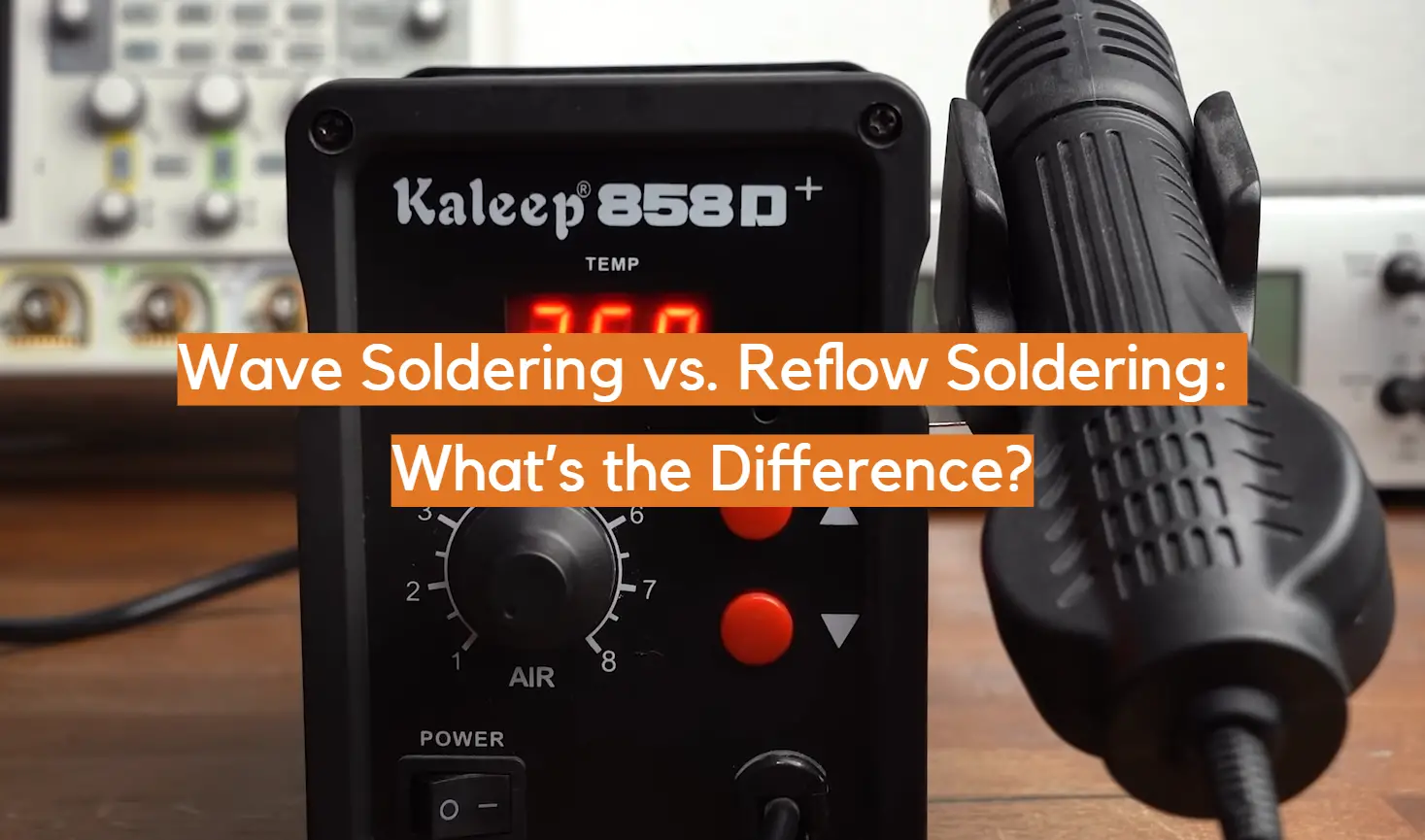



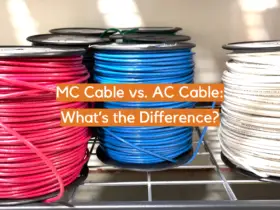

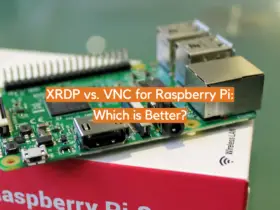
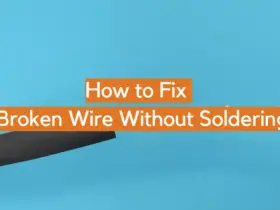
Leave a Reply